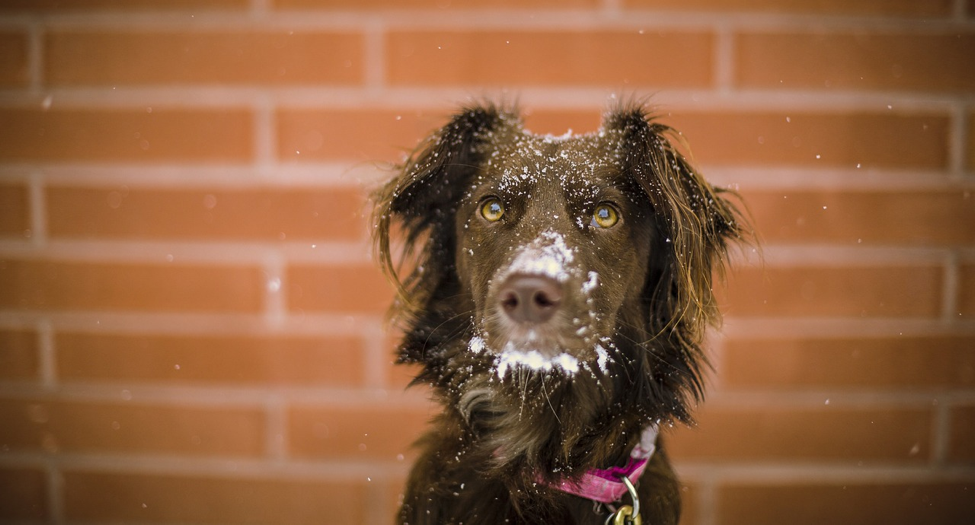
Did you know that in most places across the United States, the end of January and the month of February are the coldest, most snowy months of the year?
It’s true! Even for us Southerners!
For that reason, we thought it would be a great time to share some winter safety tips as we prepare to head into the worst of winter.
Follow these tips to stay warm and safe this winter…
Tip #1 – Wear Layers When Going Out
During the winter, temperatures can often swing 15-20 degrees during the day.
For instance, it might be 25 degrees when you leave your house in the morning, but by 2:00 in the afternoon it could warm up to 45 degrees.
However, once the sun goes down around 5:00 in the evening, it can very quickly cool off again, dropping below freezing in a blink of an eye!
The Center for Natural Breast Reconstruction is located in Charleston, SC…so we’re very familiar with these types of temperature swings.
To ensure we’re dressed for any type of weather, we like to dress in layers. It’s a smart way to make sure you stay warm enough during the day while also having the option to shed layers if it becomes too warm.
The basic rule of thumb is to have enough clothing on hand–like a winter jacket, hats, gloves, and sweaters–for the coldest part of the day. Then use your layers to adjust your wardrobe as necessary depending on the temperature swings.
Tip #2 – Salt Your Driveway/Sidewalk Before It Snows

Every year, thousands of people end up in the hospital after slipping and falling on icy sidewalks.
Don’t let that happen to you!
Prevent accidents by salting your sidewalk or driveway before bad weather arrives.
You can purchase sidewalk salt at just about any hardware store or grocery store.
The best part–sidewalk salt doesn’t go bad, so you can pick up a bag before the snow and ice become a problem and store it in your garage until it’s needed.
Tip #3 – Let Your Faucets Drip Overnight in Freezing Weather
Up north, plumbing is typically built to withstand freezing weather.
However, if you live in more Southern regions of the U.S. where it doesn’t often drop into the negatives, this isn’t the case.
For that reason, it’s important to let your faucets drip overnight so they don’t freeze, causing pipes to burst and flood your home.
News channels and weather stations will often alert people to when it’s important to keep their faucets dripping overnight. Or, if you rent your home, property managers will usually send out a warning via email or a newsletter.
In general, if it’s projected to drop below 15 degrees overnight, you should probably let your faucets drip.
The tiny amount of water drippage is enough the keep the water in your pipes moving so it doesn’t freeze and cause problems.
Tip #4 – Bring Pets Inside When It Drops Below Freezing

We’ve all heard the saying, “If you’re cold, they’re cold…bring your pets inside!”
And it’s true.
No animal should be left outside in cold winter weather, regardless of whether they have a dog house or any other structure to live in.
When it drops below freezing, your pet is at risk of freezing to death, suffering from hypothermia, or getting frostbite.
If you’re really against allowing pets in your home, the least you can do is allow your animal to sleep in your garage with some warm blankets.
Tip #5 – Keep an Extra Blanket/Warm Clothes in Your Car
A car breakdown is never fun.
But a breakdown in freezing weather can quickly turn from an unpleasant experience to a dangerous situation.
This is why we recommend that you always keep an extra blanket or two, along with an extra pair of gloves, a hat, and perhaps even an extra sweater in your car.
If for any reason you were to break down and help wasn’t able to get to you right away, these items would help keep you safe and warm while you wait.
Do you have any important winter safety tips to share? Let us know in the comments below!





